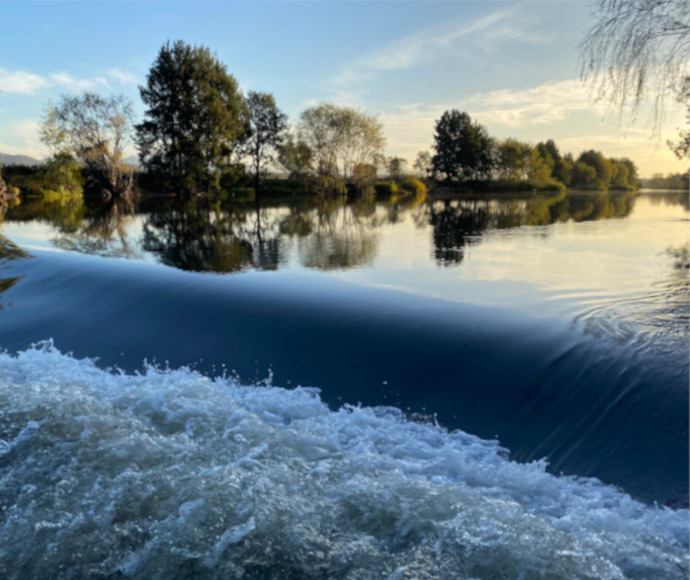Environmental water released into the Hunter River helped native fish migrate over key barriers while supporting the river’s overall health, final reports have found.
The multi-agency project was led by the NSW Department of Planning and Environment (DPE), with monitoring by the University of Newcastle showing that fish successfully migrated downstream over Liddell Weir during the environmental water release.
Around 14 gigalitres of water for the environment was released from Glenbawn Dam in June at the optimum water temperature and time of year to assist fish in moving downstream over key fish barriers, according to DPE Biodiversity and Conservation’s Joe Thompson.
‘It’s a great result. Native fish such as Australian bass were able to migrate over Liddell Weir while the water level was higher, meaning fish migration and breeding cycles could continue,’ Mr Thompson said.
The Upper Hunter is experiencing the first signs of drought conditions, with lower-than-average rainfall and higher-than-average temperatures this year. The Bureau of Meteorology declared El Niño conditions and predicted lower-than-average stream flows in the short-term for the Hunter region (next 3 months).
‘While the river system’s losses were still relatively low, it was important to use environmental water to extend the benefits of the wet conditions experienced over the 2021–22 La Niña years,’ Mr Thompson said.
‘Many people don’t realise that environmental water releases have the potential to support overall river health by strengthening food chains and ecosystems.
The University of Newcastle completed monitoring before, during and after the environmental water release and found the environmental water release successfully allowed fish to migrate downstream over Liddell Weir.
The environmental water release was undertaken in partnership with Department of Primary Industries Fisheries, DPE Environment and Heritage, WaterNSW and University of Newcastle.
Images and footage available via Dropbox.







